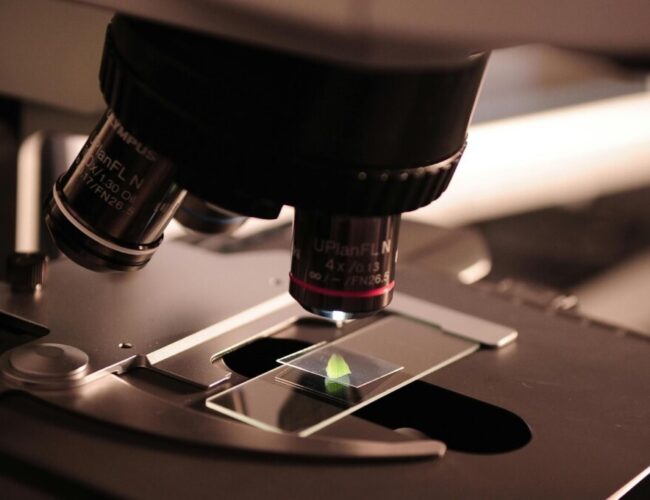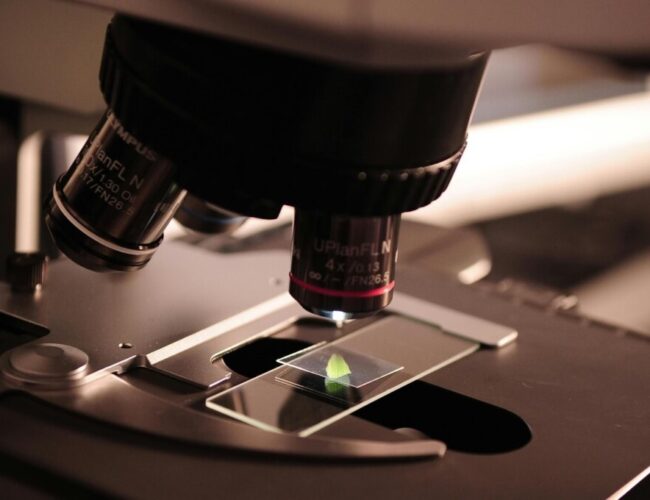Biosciences are advancing at a remarkable pace, driven by new discoveries and by the tools that enable them. Modern laboratories are no longer limited to microscopes and test tubes, they are equipped with advanced instruments that enhance accuracy, speed, and reproducibility. These tools form the foundation of today’s breakthroughs, from drug discovery to personalized medicine, giving researchers the ability to answer complex biological questions that were once impossible to address.

The Role of Advanced Analytical Instruments
One of the most significant advancements in modern biosciences comes from analytical instruments designed to gather multiple data points quickly and reliably. Devices like multi-mode microplate readers, such as BMGLabtech, have become indispensable, allowing researchers to measure absorbance, fluorescence, and luminescence within a single platform. By consolidating multiple assays into one device, labs save time, reduce variability, and increase throughput.
These instruments are particularly valuable in fields like pharmacology, genomics, and proteomics, where researchers must process large numbers of samples efficiently. High-content data improves the accuracy of experiments and helps scientists discover new patterns and relationships in biological processes. As labs move toward more integrated workflows, the importance of versatile, multi-functional equipment continues to grow.
High-Resolution Imaging Systems
Microscopy has evolved far beyond traditional light-based methods. High-resolution imaging technologies, including confocal microscopy, cryo-electron microscopy, and super-resolution techniques, enable scientists to observe molecular and cellular structures at unprecedented levels of detail. These tools are instrumental in advancing our understanding of cell signaling, protein interactions, and structural biology.
Automated imaging systems now integrate with artificial intelligence (AI) to analyze data in real time, reducing the need for manual interpretation. This combination of precision imaging and advanced analytics accelerates discoveries in areas such as neuroscience and cancer biology, where visualizing cellular mechanisms is key.
Next-Generation Sequencing Platforms
Genomic science has been revolutionized by next-generation sequencing (NGS). These platforms allow researchers to decode entire genomes quickly and at a fraction of the cost compared to traditional sequencing methods. The applications of NGS are broad, spanning personalized medicine, microbial research, agricultural improvements, and epidemiology.
The integration of sequencing tools with powerful computational software allows researchers to process and analyze terabytes of genetic information. As sequencing becomes more accessible, it continues to reshape how scientists approach disease prevention, diagnosis, and treatment.
Automation and Robotics in the Lab
Automation has transformed modern laboratories by reducing human error, increasing efficiency, and enabling high-throughput experimentation. Robotic systems now handle routine tasks such as pipetting, liquid handling, and sample preparation. These automated solutions free up researchers’ time to focus on data analysis and experimental design, rather than repetitive manual tasks.
Robotics enhances reproducibility, a cornerstone of scientific research. By minimizing variability in sample handling, automated tools provide more consistent results and support large-scale studies in pharmaceutical development and clinical testing.
Wearable and Portable Biosensors
The miniaturization of bioscience tools has opened new avenues for both research and practical applications. Wearable and portable biosensors can monitor physiological parameters in real time, offering valuable data for studies in healthcare, sports science, and environmental monitoring.
Sensors that measure blood glucose, lactate, or oxygen levels provide immediate feedback, supporting personalized treatment and performance optimization. In clinical trials, portable devices allow continuous monitoring outside of the lab, bridging the gap between controlled environments and real-world conditions.
Artificial Intelligence and Data Integration
As bioscience tools generate massive volumes of data, artificial intelligence has become important for analysis. Machine learning algorithms can detect patterns, predict outcomes, and generate new hypotheses based on experimental data. AI integration with laboratory instruments enables real-time decision-making, reducing the time between experimentation and discovery.
Platforms that combine AI with cloud-based storage improve collaboration by allowing researchers across the globe to share and analyze data simultaneously. This interconnectedness is particularly valuable in fields like infectious disease research, where rapid data sharing can inform global responses.
Sustainability in Laboratory Tools
Modern lab tools are smarter, faster, and increasingly sustainable. Energy-efficient equipment, recyclable materials, and systems that minimize reagent consumption help reduce the environmental footprint of bioscience research. For instance, microfluidic devices use smaller volumes of samples and chemicals, making experiments both cost-effective and eco-friendly.
Sustainability has become a priority as labs seek to balance innovation with environmental responsibility. Manufacturers are responding with equipment that meets both scientific and ecological needs, reflecting a broader shift toward green laboratory practices.

Cutting-edge laboratory tools are the unsung heroes of modern bioscience, driving discoveries that improve human health, agriculture, and environmental sustainability. From versatile devices to next-generation sequencing and AI-powered analytics, these innovations give researchers the precision and efficiency needed to tackle today’s most pressing challenges.
As technology continues to evolve, the boundaries of what is possible in bioscience research will expand even further. By embracing advanced tools and sustainable practices, modern laboratories are accelerating discovery and shaping a future where science and technology work hand in hand to solve global problems.